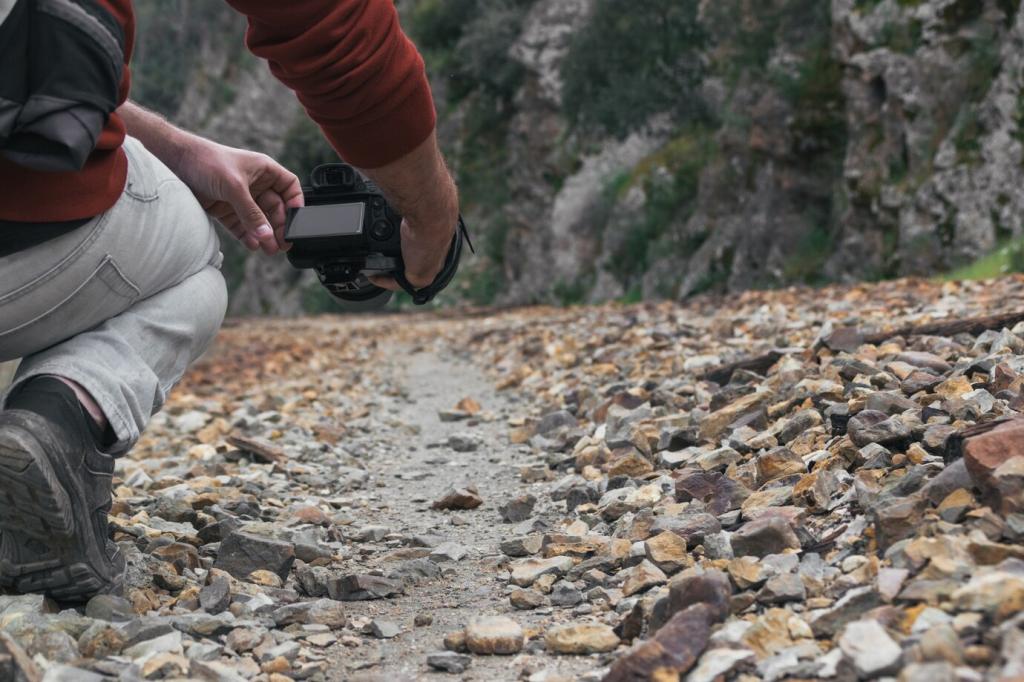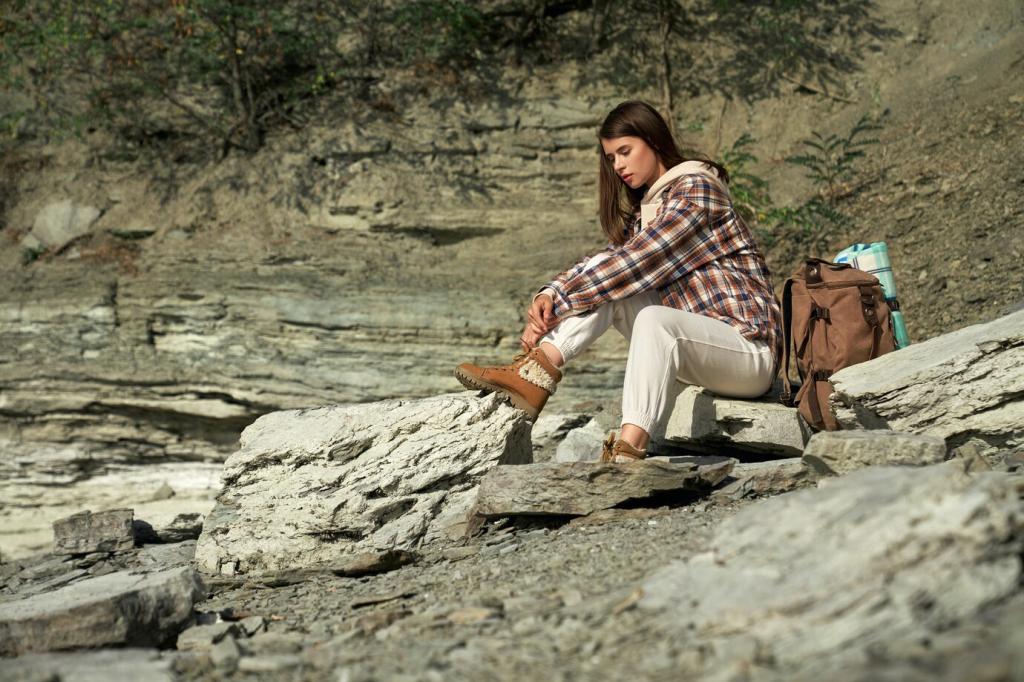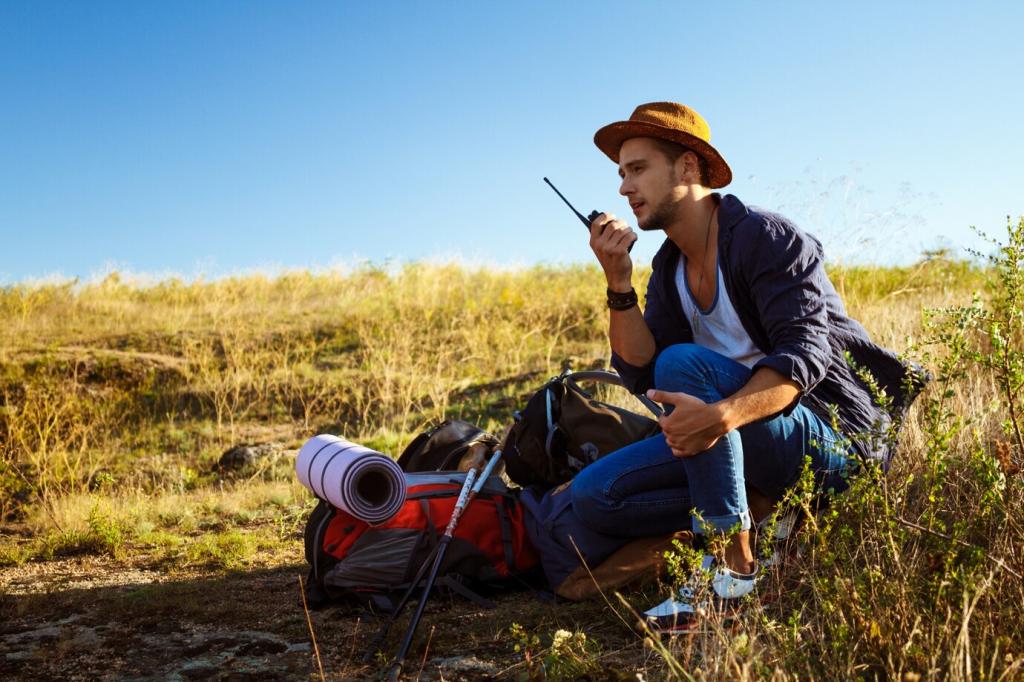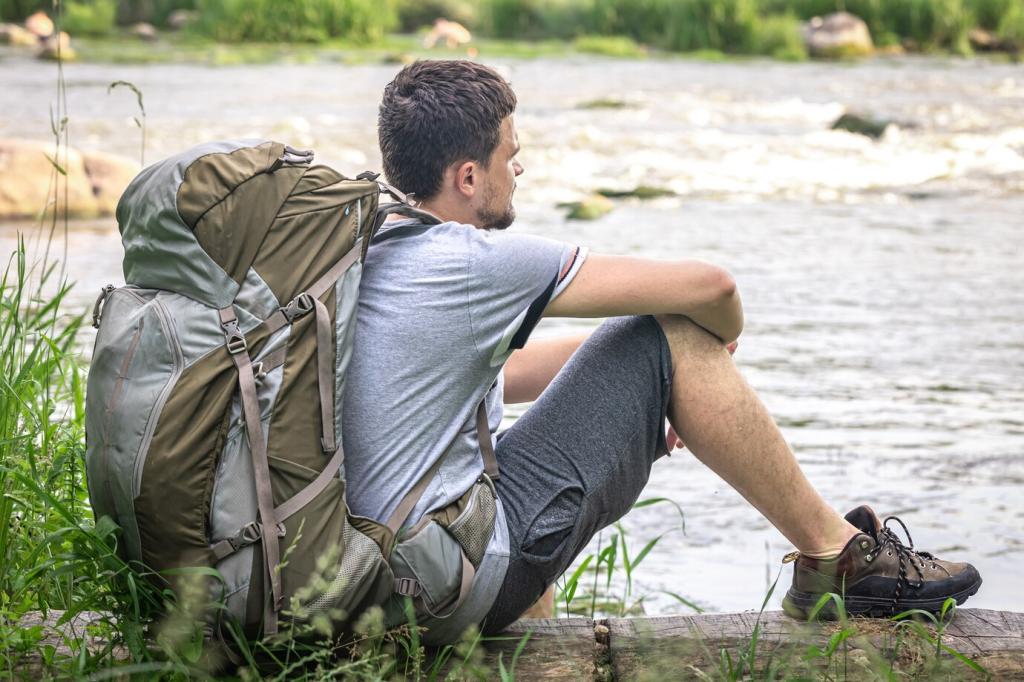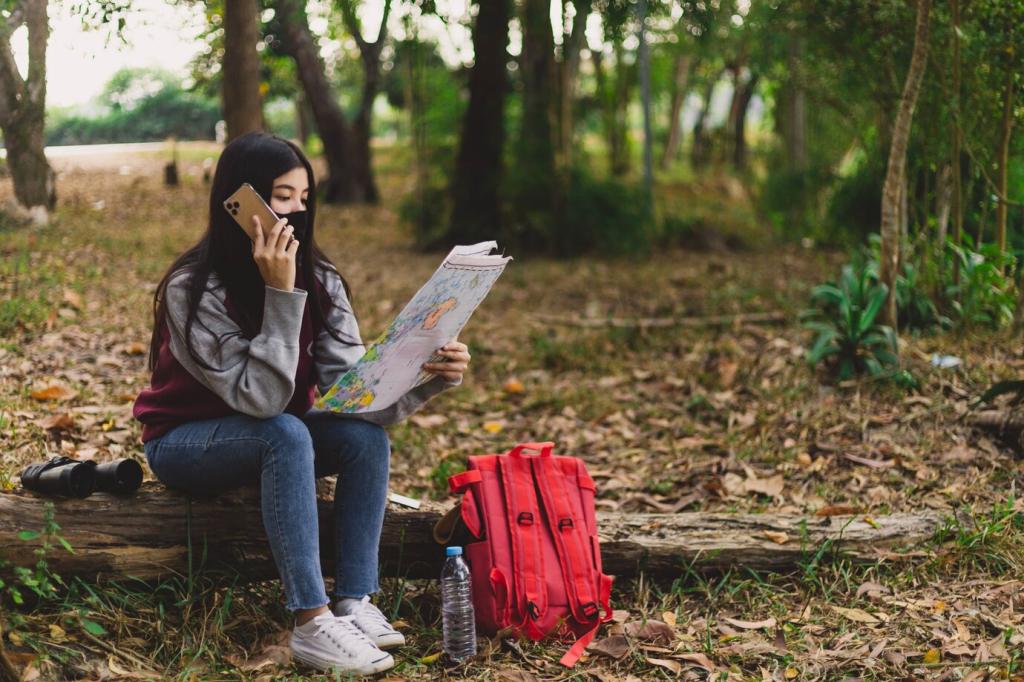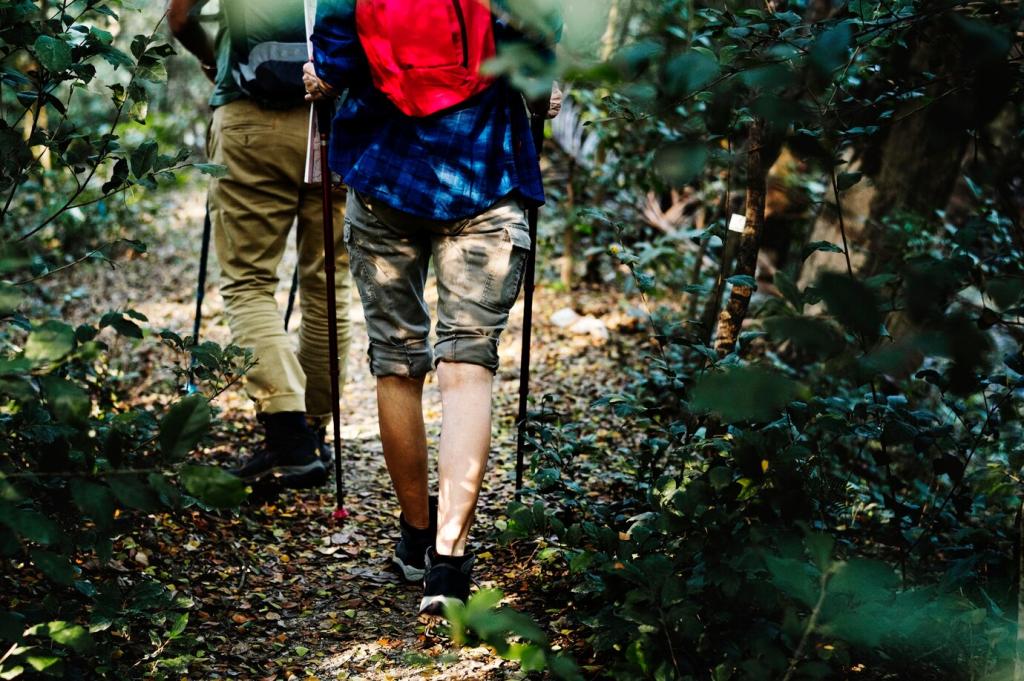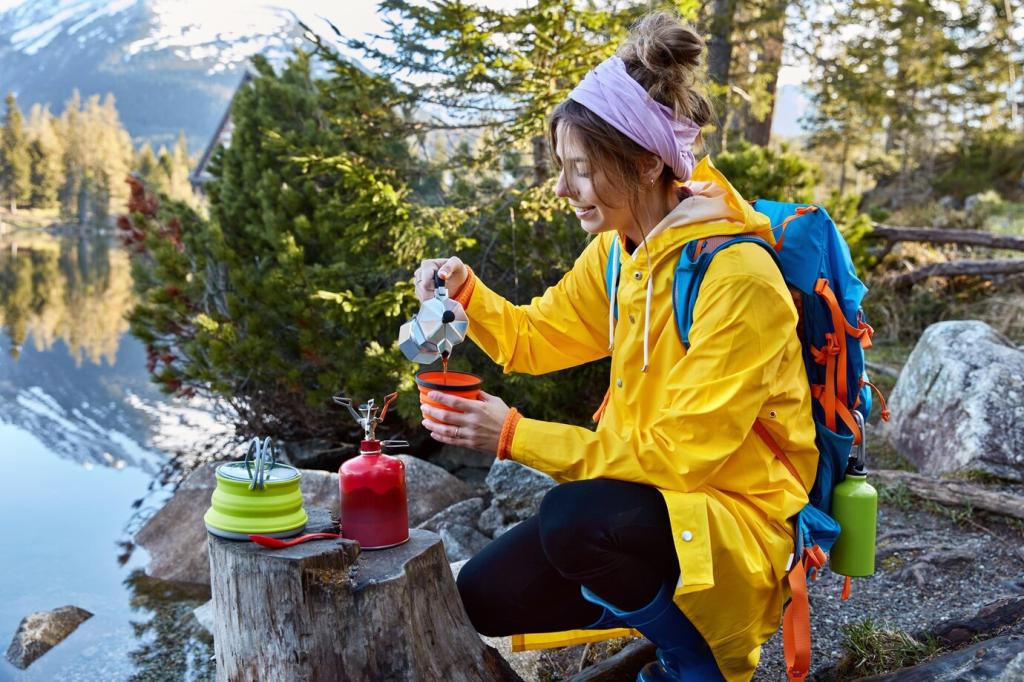Smart Packing and Route Logistics by Season
Filters struggle in freezing temps and silty glacial streams. Bring chemical backup, a pre-filter cloth, or UV as appropriate. In high-cold camps, store the filter in your sleeping bag so internal water doesn’t freeze and crack the housing overnight.
Smart Packing and Route Logistics by Season
Build water plans around reliable sources, huts, or snow melt zones marked on your map. In summer, cache water along out-and-back routes; in winter, coordinate hut stoves and fuel. Share your region’s best refill spots to help fellow hikers plan smarter.

